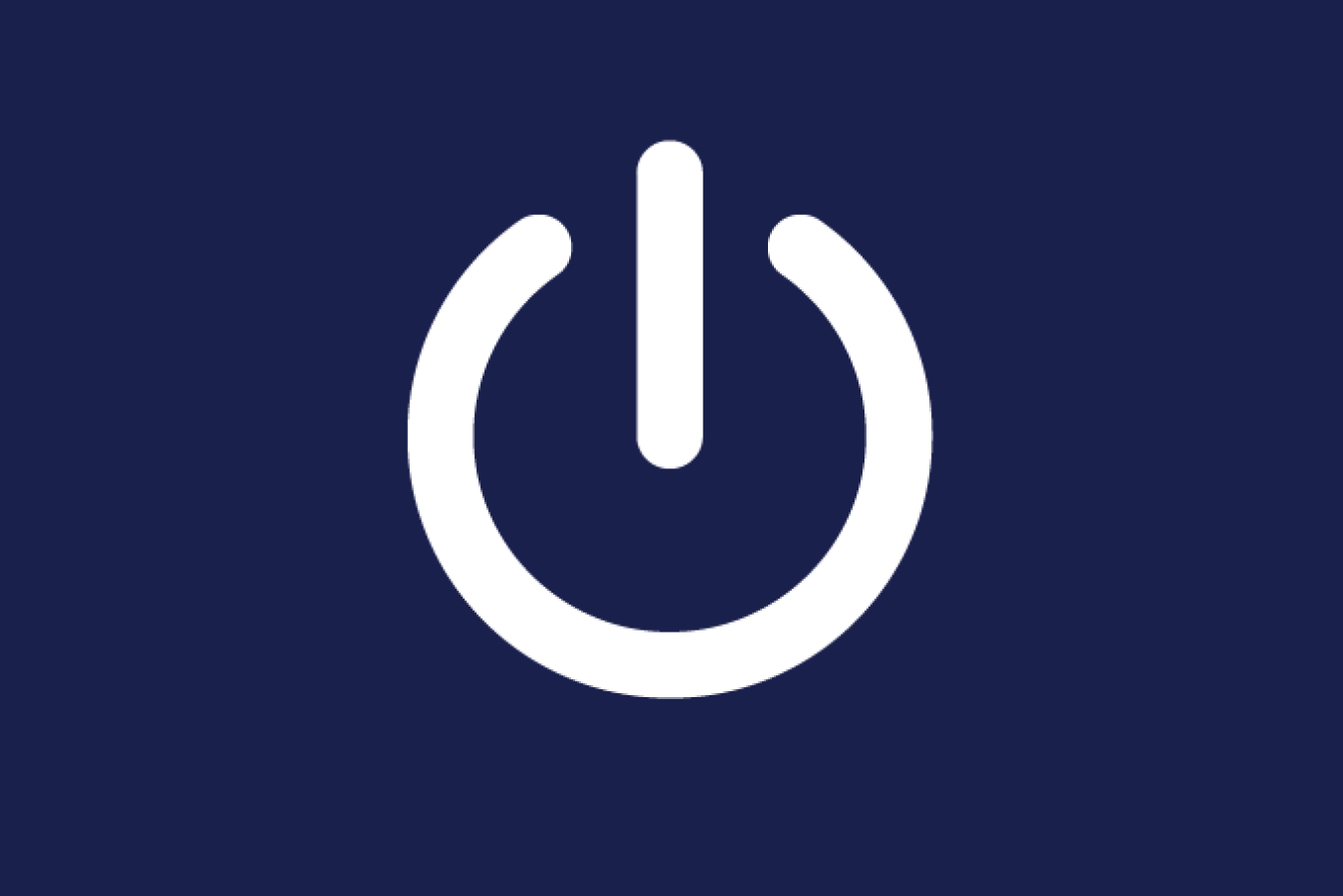The Federal Energy Management Program (FEMP) offers the following checklist to help agencies conserve energy at the office.
Need more energy-saving tips? Find low-cost tips on how to save energy and money on the U.S. Department of Energy's Energy Saver website.
Office Energy Checklist
- Replace incandescent and fluorescent lights with light-emitting diodes (LEDs) for desk lamps and overhead lighting.
- Use dimmers, motion sensors, or occupancy sensors to automatically turn off lighting when not in use to reduce energy use and costs.
- Turn off lights when you leave at night. Use natural lighting or daylighting. When feasible, turn off lights near windows.
- Use task lighting; instead of brightly lighting an entire room, focus the light where you need it, to directly illuminate work areas.
- Procure energy-efficient products and energy-saving technologies for the office.
- Close or adjust window blinds to block direct sunlight to reduce cooling needs during warm months. Overhangs or exterior window covers are most effective to block sunlight on south-facing windows.
- In the winter months, open blinds on south-facing windows during the day to allow sunlight to naturally heat your workspace. At night, close the blinds to reduce heat loss.
- Unplug equipment that drains energy when not in use (i.e. cell phone chargers, fans, coffeemakers, desktop printers, radios, etc.).
- Replace desktop computers with energy efficient computers with low standby power.
- Use LED or liquid crystal display (LCD) monitors.
- Turn off your computer and monitors at the end of the work day, if possible. If you leave your desk for an extended time, turn off your monitor. Ensure that low standby power is enabled in the computer settings.
- Use copiers with a low standby feature. Purchase printers and fax machines with power management feature and enable the features.
- Coordinate with vending machine vendor to turn off advertising lights.
- Perform an energy audit. Check with your utility company for names of auditors.
- Install programmable thermostats.
- Check furnace ducts for disconnects or leaks. Ensure ductwork is well insulated.
- Insulate water heater, hot water piping, and tanks to reduce heat loss.
- Verify the energy management system switches into setback mode during unoccupied hours.
- Install meters to track energy use.

FEMP's Low Standby Power Product List
Find manufacturer-supplied standby power data for three types of computers.

